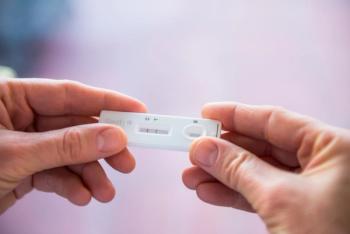
Smoking and depression contribute to low bone mass
Adolescent girls who smoke or who are anxious or depressed are at higher risk for low bone mineral density in the hip and lumbar spine that could lead to osteoporosis and bone fractures as they grow older.
Adolescent girls who smoke or who are anxious or depressed are at higher risk for low bone mineral density (BMD) in the hip and lumbar spine that could lead to osteoporosis and bone fractures as they grow older.
In a
Smokers in the groups began the study with equivalent levels of lumbar spine and total hip BMD; however, their accrual of overall BMD was significantly lower as smoking frequency increased between ages 13 and 19 years. Girls with higher levels of depression had significantly lower lumbar spine BMD across ages 11 to 19 years. Depression symptoms had no effect on total body bone mineral content nor did alcohol intake affect any bone outcome.
Research has shown that more than 50% of a woman’s bone accrual occurs during adolescence. Development of postmenopausal osteoporosis can be traced to the periods of bone growth during these teenaged years, so early steps to maximize bone mineral development are key to its prevention.
The National Osteoporosis Foundation
Newsletter
Access practical, evidence-based guidance to support better care for our youngest patients. Join our email list for the latest clinical updates.














